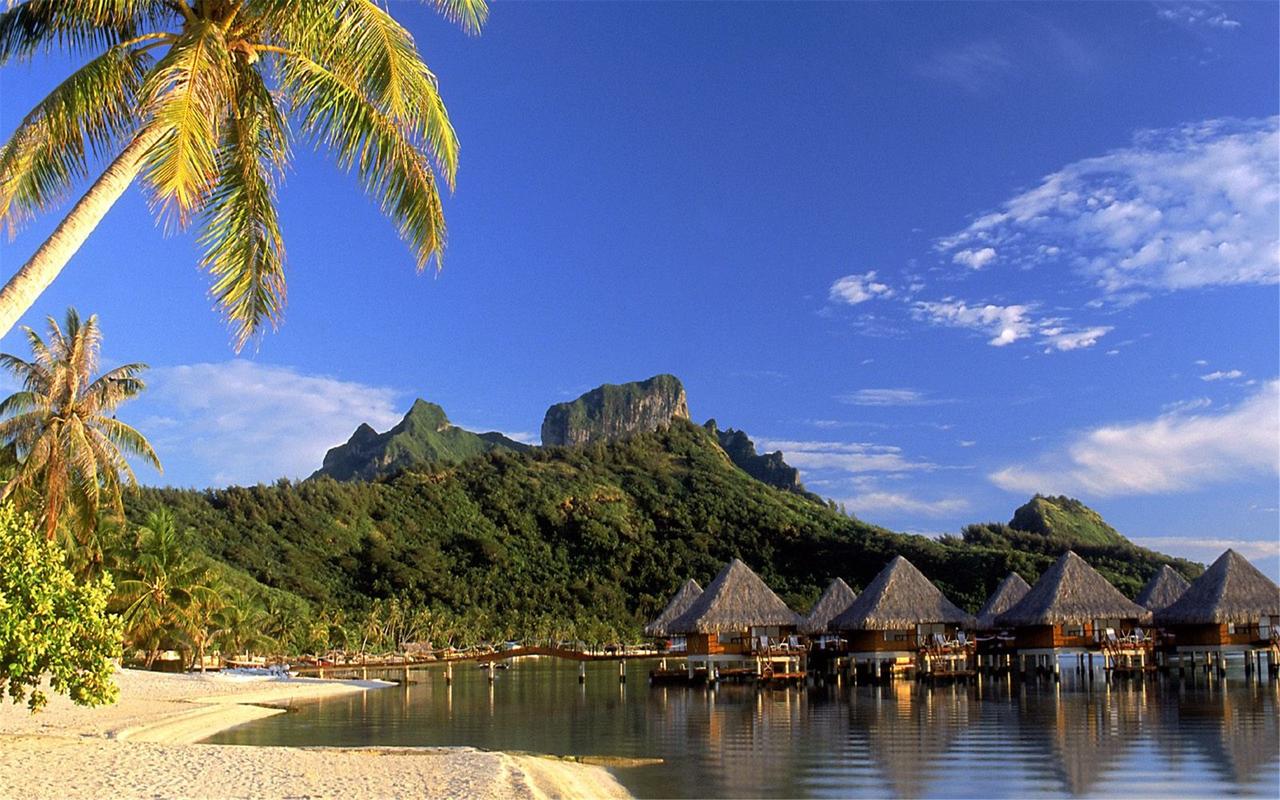Exploring Costa Rica’s Cultural Hub: Plaza de la Cultura
Costa Rica is a land of vibrant colors, breathtaking landscapes, and warm hospitality. The country has much to offer, from pristine beaches to lush rainforests, from exotic wildlife to authentic cultural experiences. One of the most significant cultural hubs in Costa Rica is the Plaza de la Cultura, located in the heart of downtown San Jose. In this article, we’ll explore what makes this place so special and why it’s worth a visit.
Background
The Plaza de la Cultura is a cultural square and park that covers about 1.8 acres of land. It was built in 1970 as part of the urban renewal campaign to beautify the city and celebrate its cultural heritage. The square is surrounded by several historical buildings, including the National Theater (Teatro Nacional de Costa Rica), the Pre-Columbian Gold Museum (Museo del Oro Precolombino), the National Museum of Costa Rica (Museo Nacional de Costa Rica), and the Central Bank Museum (Museo del Banco Central). Together, these buildings form the cultural heart of San Jose, attracting tourists, scholars, and locals who want to learn about Costa Rican history, art, and customs.
Art and Architecture
The Plaza de la Cultura is a feast for the eyes. The square’s design features a large fountain that simulates a volcanic eruption, surrounded by benches, sculptures, and trees. The fountain’s water streams down from a height of 30 meters, creating a misty effect that adds to the square’s ambiance. The fountain’s shape was inspired by the Poas Volcano, one of Costa Rica’s most iconic geological landmarks. The square’s architecture blends classical and modernist styles, creating a harmonious contrast that reflects Costa Rica’s diverse cultural influences.
The National Theater is one of the jewels of the Plaza de la Cultura. The theater was built in 1897 and restored in the 1970s to its former glory. It features neoclassical design, murals, wood carvings, and gold leaf decorations. The theater hosts concerts, plays, and ballets, attracting top-notch artists from around the world. The theater also houses a museum that showcases its history and art collection.
Museums
The Plaza de la Cultura is home to several exceptional museums that offer a glimpse into Costa Rican culture and history. The Pre-Columbian Gold Museum has a vast collection of gold artifacts from various pre-Columbian cultures. It showcases the skill and artistry of the indigenous peoples and their relationship with gold. The museum also has an extensive collection of ceramics, jade, and stone sculptures, providing insight into Costa Rica’s pre-Columbian era.
The National Museum of Costa Rica is housed in the old Bellavista Fortress, a colonial building that was turned into a museum in 1950. The museum has a large collection of artifacts that span Costa Rica’s history, from the pre-Columbian to the modern era. It displays tools, weapons, clothing, and art that illustrate the country’s cultural and social development.
The Central Bank Museum is a modern museum that displays Costa Rica’s currency, economic history, and numismatic heritage. The museum offers interactive exhibits, multimedia presentations, and temporary exhibitions that make learning about economics and finance engaging and fun.
Conclusion
The Plaza de la Cultura is a must-visit destination for anyone who wants to experience Costa Rica’s rich culture and history. The square’s art, architecture, and museums provide a unique insight into the country’s past and present. Visiting the Plaza de la Cultura is an excellent way to spend a day or two in San Jose, soaking up the atmosphere, learning something new, and enjoying the vibrant colors that Costa Rica has to offer.
(Note: Do you have knowledge or insights to share? Unlock new opportunities and expand your reach by joining our authors team. Click Registration to join us and share your expertise with our readers.)
Speech tips:
Please note that any statements involving politics will not be approved.
